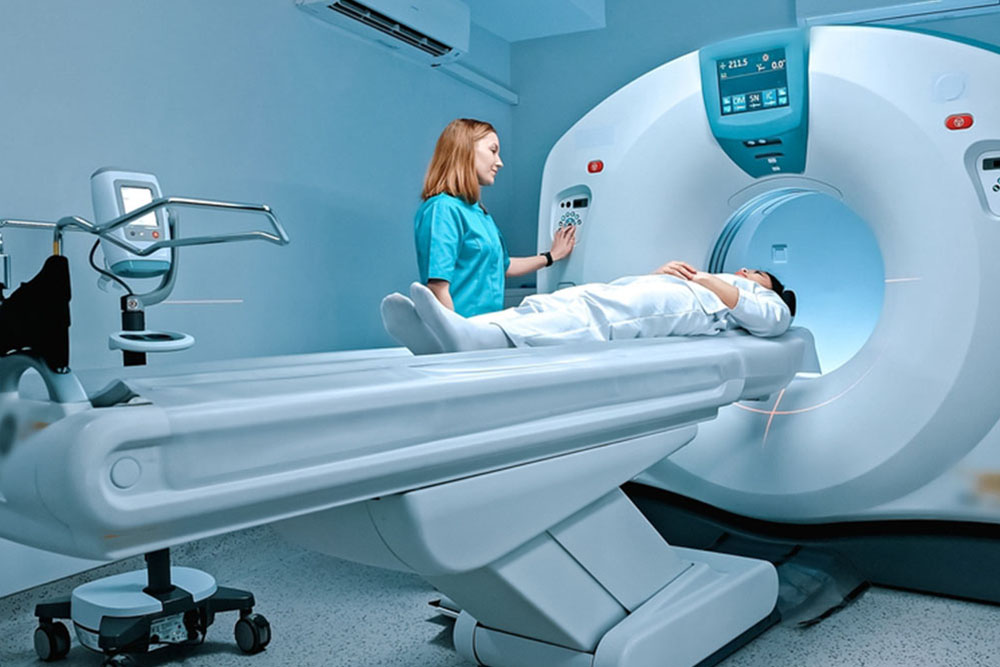Systemic Impacts of MASLD on Heart-related Diseases

This review provided a comprehensive analysis of the extrahepatic manifestations of metabolic dysfunction-associated steatohepatitis (MASH), focusing on chronic diseases related to cardiovascular, muscular, and renal systems
Non-invasive Tests Show Promise for Identifying High-Risk MASH

This multicenter cross-sectional study evaluated the diagnostic performance of non-invasive tests (NITs) in detecting metabolic dysfunction-associated steatohepatitis (MASH) and fibrosis among 124 biopsy-confirmed patients with MASLD, all over 50 years old and living with overweight/obesity and type 2 diabetes.
NAFLD: Fatty Liver Disease Linked to Obesity, Inflammation, and Liver Damage

Non-alcoholic fatty liver disease (NAFLD) is the most common liver disease globally, characterized by the accumulation of fat in more than 5% of liver cells without significant alcohol intake. It includes a spectrum from simple fatty liver (NAFL) to non-alcoholic steatohepatitis (NASH), which can progress to cirrhosis and hepatocellular carcinoma (HCC). NASH is a major contributor to cryptogenic cirrhosis, with 70% of patients exhibiting risk factors such as metabolic syndrome, obesity, and a sedentary lifestyle.
NAFLD: A Global Liver Disease Linked to Obesity, Managed by Lifestyle and Medication

Nonalcoholic fatty liver disease (NAFLD) is the most common liver condition globally, often associated with metabolic syndrome (MetS) and cardiovascular disorders like obesity, insulin resistance (IR), type 2 diabetes (T2D), and hypertension. NAFLD presents as a spectrum, from simple steatosis (NAFL) to the more severe nonalcoholic steatohepatitis (NASH), which can progress to cirrhosis and hepatocellular carcinoma (HCC). The disease is largely driven by metabolic dysfunction, particularly in individuals with obesity and central fat distribution.
NAFLD Affects 37% of US Adults, Driving New Care Pathway for Better Screening and Treatment

Nonalcoholic fatty liver disease (NAFLD) affects about 37% of adults in the United States and up to 70% of individuals with type 2 diabetes (T2D). NAFLD encompasses a spectrum from simple fatty liver to nonalcoholic steatohepatitis (NASH), which can lead to more severe liver complications like fibrosis, cirrhosis, and hepatocellular carcinoma (HCC). NAFLD is closely linked to metabolic disorders such as obesity, insulin resistance, and cardiovascular disease, with its prevalence expected to increase alongside rising obesity rates.
A Growing Liver Disease Linked to Metabolic Imbalances, Inflammation

Nonalcoholic fatty liver disease (NAFLD) is the most common chronic liver disease in the Western world, affecting around 30% of Americans. It encompasses a spectrum of conditions, with non-alcoholic fatty liver (NAFL) being the milder form characterized by fat accumulation in the liver. Non-alcoholic steatohepatitis (NASH) is the more severe form, marked by inflammation and liver cell injury. NASH can progress to fibrosis, cirrhosis, and hepatocellular carcinoma (HCC) and is expected to surpass hepatitis C as the leading cause of liver transplantation within the next 5 to 15 years.

